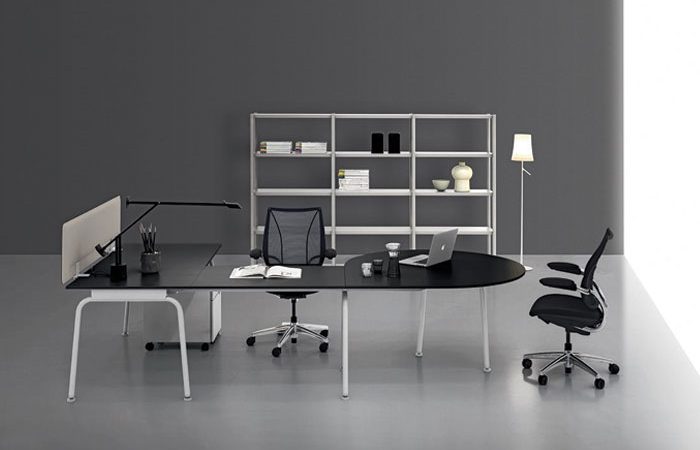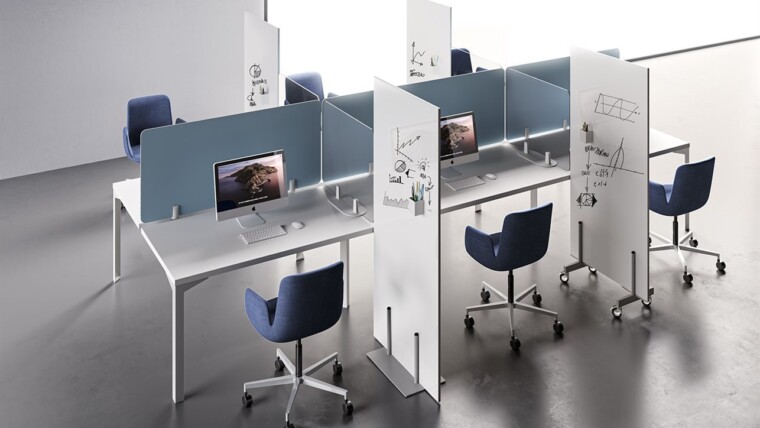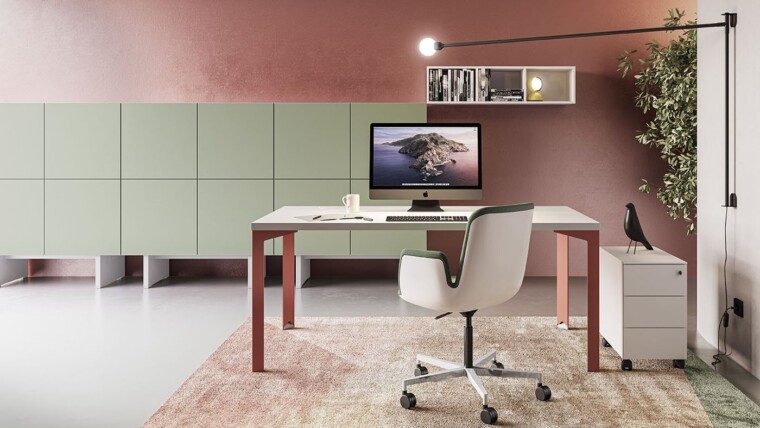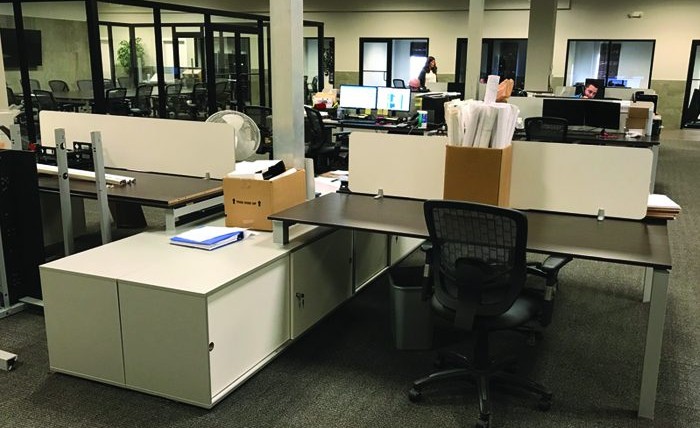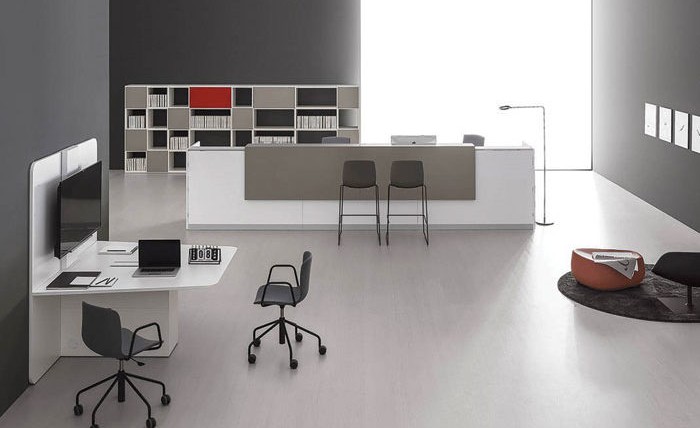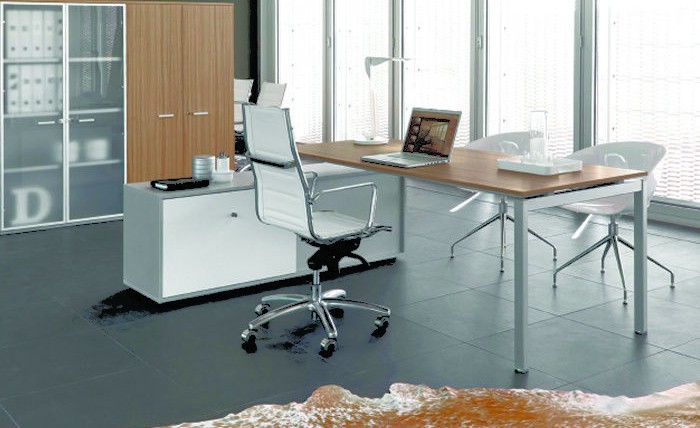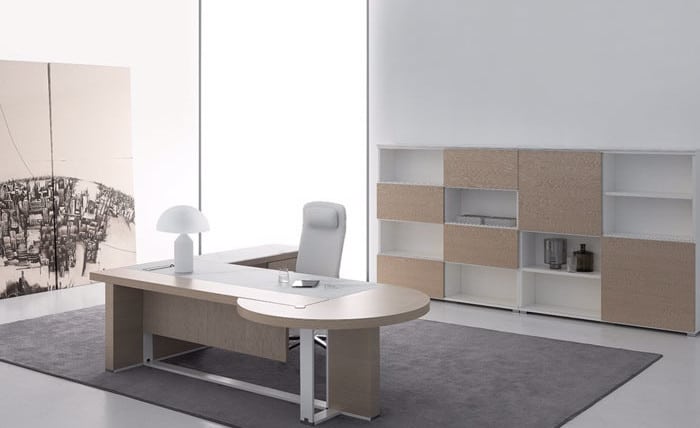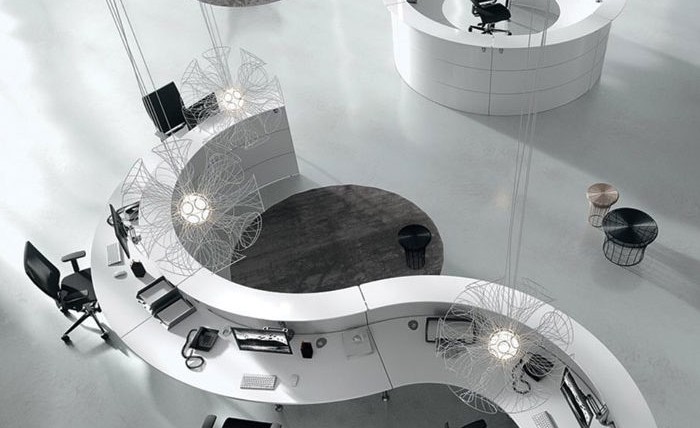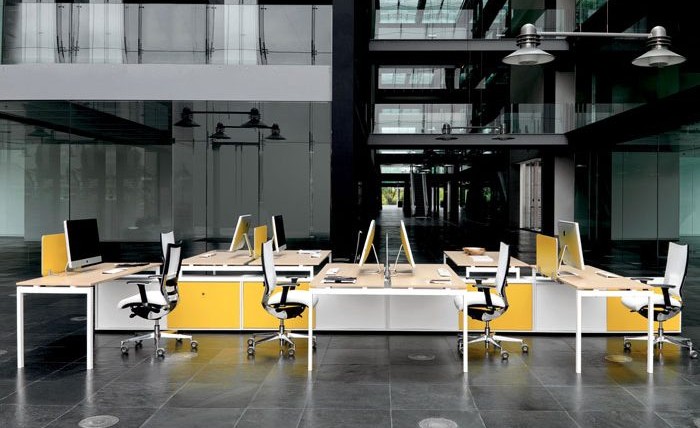Unless you’ve been living on the set of Mad Men for the past decade, you know that workplace wellness has become a hot topic, and you’ve gained at least a cursory familiarity with some of the major factors that make a workplace a healthy place to be.
For the most part, the best-publicized ones have thus far focused on aspects of physical wellbeing, like good air quality and adequate ventilation, healthy food and beverage selections, comfortable ambient temperatures, sensory stimuli like artwork and pleasant scents, and the ability (or better, prompting) to be physically active.
But just as individuals must balance physical, emotional, and mental health to achieve total wellbeing, so must a workplace. How we are encouraged to think and feel when we’re in a space has as much to do with how “healthy” it is as the amount of fresh air, exercise, or good nutrition we can get there.
Thankfully, the attention paid to mental and emotional wellness at work is starting to approach that given to physical wellbeing. For example, the popular WELL Building Standard’s “seven core concepts of health” include a “Mind” category that strives to “optimize cognitive and emotional health through design, technology and treatment strategies.” These strategies include the provision of high ceilings, views to the outdoors, and features that spark “human delight.”
Public Health: The Paramount P
This is the conviction that, because people now spend so much of their time at work, the quality of workplace environments has become nothing less than a public health issue.
The average American full-time worker spends more time in his or her office than eating, sleeping, or recreating. Because of the sheer volume of time we spend in these spaces, the way they’re designed and run has a huge impact on health—both the health of individuals as well as that of entire populations.
“P” #2: Prospect
Meaning a view, especially of scenery, or an outlook over a particular region, we can trace prospect as an element of modern workplace wellness back thousands of years. We humans feel safest and most in control when our backs are protected and we can easily see any potential threats (or food) coming our way—preferably without being seen ourselves. Examples of this preference can be found in countless situations. (Our favorite: you no doubt know—or maybe you are!—a person who makes a point of being seated with their back to a wall, facing the door, when going out to dinner.) Looking back in time, we can observe this principle at work in cave dwellings and castle turrets. Today, we can see it in the coveted corner office! Humans are simply hardwired to want to clearly view and surveil the space in front of us—whether that space is the Celtic Sea or a sea of desks.
We also know that simply seeing our fellow workers frequently helps us to establish a sense of trust in them, which in turn encourages a supportive social atmosphere. When we trust the people we interact with, we are better able to cooperate with them and to mediate any disputes, on both one-on-one and group levels. Having visual access to each other is also educational and builds empathy: when we see others at work, we learn about how they do their jobs, and can more easily identify with them.
While we generally refer to prospect as the possession of a clear vantage point, it’s also a good opportunity to talk about having good access to light, ideally natural light. In the paper “A Case for Circadian Lighting in Federal Buildings,” The General Services Administration (GSA), which oversees federal workplaces, explains why exposure to light helps us maintain our circadian rhythms (important for healthy wake/sleep cycles), promotes alertness, and encourages top cognitive functioning.
A great way to satisfy people’s innate urge for control, bring them peace of mind, increase their feelings of autonomy and safety, foster their sense of togetherness, and help their brains stay optimally activated is to design workstations that give every employee a good degree of prospect. This can be achieved through various means, including the use of transparent walls, London trading desk-style bench seating, and activity-based working (ABW)—all ideally with good access to sunlight, or at least with the addition of lamps that mimic natural light. As it is, American offices are still far too cubicle-centric. Think of that: we’re facing directly into corners with our backs completely exposed—that’s the polar opposite of good prospect! No wonder cubicles make us so stressed out.
“P” #3: Provenance
Meaning a place or source of origin, a sense of provenance is important at work because of the increased value and import we place on objects and environments that we perceive as holding some link to the past: a history, a context, a tale to tell.
Especially in the information age, when everything feels new, we cherish the richness of our history and a sense of connection to our culture more than ever. When it’s hard to get off the internet and cities around the world are all starting to look the same, we crave a sense of provenance from our objects and spaces. It makes us feel at once grounded and comfortable, and is also capable of lighting our imagination: Where did this thing come from?, we find ourselves asking when we behold an object with a past. Who made it? Where has it been before? What was life like when it first came into being?
Exposed brick walls, reclaimed wood tables, repurposed old buildings, and furniture upholstered in residentially rooted fabrics like flannel and wool have all become uber-popular office accoutrement in recent years, in large part because they all evoke a sense of context and history that make us feel both at home and inspired. That’s a perfect breeding ground for good mental health.
“P” #4: Propinquity
Meaning nearness in place (proximity) or nearness of relation (kinship), propinquity is important for a healthy workplace for several reasons. One is that being close to others improves our performance, and productivity and health are strongly linked: they feed one another. This is as true at the city scale as it is at the workplace scale: people who live in urban areas tend to be more productive and live longer than those who dwell in less dense environs. (We can also chalk some of this up to the routine physical activity urban dwellers are more likely to get than their suburban or rural counterparts: from commuting to work by bicycle or running up and down subway stairs to the ability to walk to a corner store for a quart of milk.)
Another, related reason is that social engagement and physical activity are also strongly linked, and the two together promote long-term brain health. People with socially isolated, sedentary lifestyles tend to score lower on measures of cognitive performance and likely face an increased risk of developing dementia later in life. While people of working age are generally bound to rack up sufficient social time and movement in general (as opposed to seniors, many of whom live alone and have challenged mobility), younger people can still become engrossed or siloed in their tasks to the point of isolation, even when working in shared spaces.
Organizations can invest more money and time in their wellness efforts when they commit to putting more people in less space—and that such densification in itself is already a step in a healthy direction.
The bottom line is that people have always been and continue to be social creatures. As a workplace psychologist once said, bad news is softened by having others around us to share the grief, and good news is made more joyful by having others around us with whom we can celebrate. When we densify our workplaces by putting more people in fewer square feet, we get people engaging with each other. When we design our spaces to provide more opportunities for unplanned “collisions”—for example, by implementing ABW—we foster employee bonding and a sense of communal responsibility. All of these outcomes promote improved mental and emotional health.
Source: WorkDesign Magazine – By Melissa Marsh

